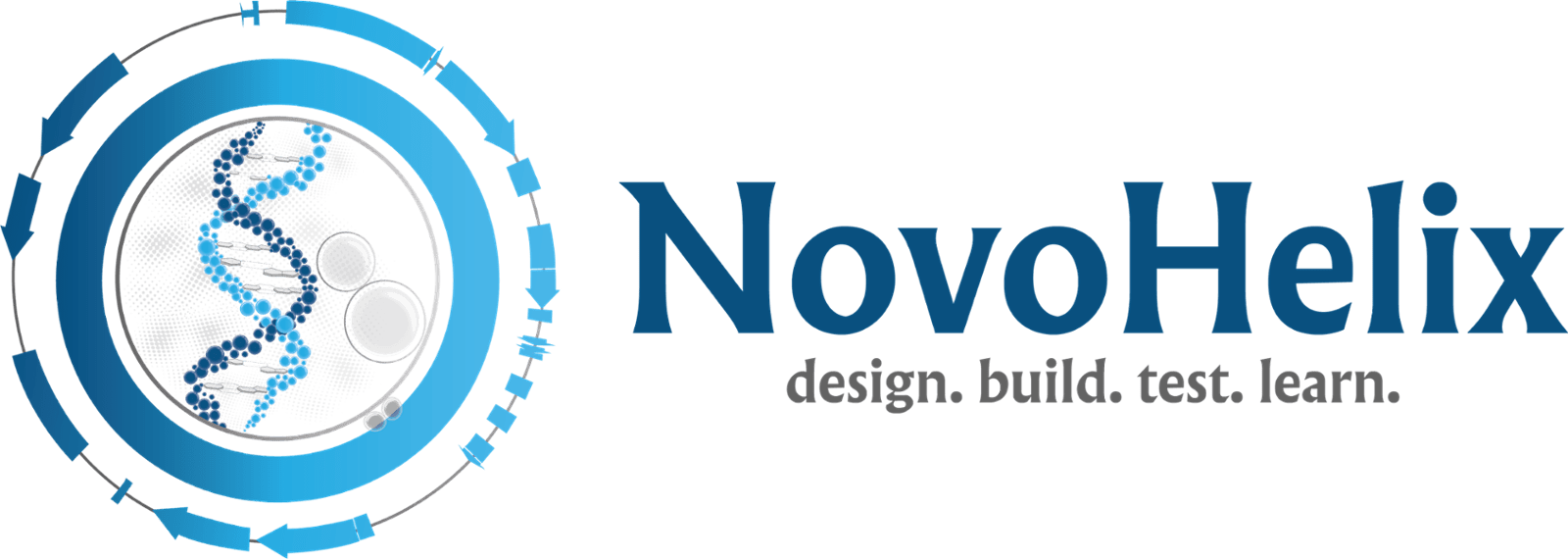description of icons
NovoHelix uses icons to quickly convey technical information for protein, enzyme and cell reagent products. Please review the table of icons below for each icon’s representative meaning.
Icon
Description or meaning
NovoHelix has subcloned the chemically synthesized minigene encoding the protein with chassis-specific codon optimization into an expression vector.
The protein or enzyme is purified from a recombinant host.
Engineered
The protein or enzyme was improved through protein engineering efforts including directed evolution and rational design. The final engineered protein has improved physicochemical properties such as increased half-life or potency, higher activity, or improved properties that may obviate complex biomanufacturing steps such as protein refolding.
This product may require 0.1% w/v carrier protein such as recombinant human serum albumin (HSA) for long term storage or to maintain product activity.
Incubation Temperature
For optimal activity, incubate the protein or enzyme at the recommended temperature.
Heat Inactivation
To kill the protein or enzyme activity by thermal denaturation i.e. protein unfolding, heat to the required temperature for 20 minutes. Please note that some products cannot be heat inactivated and this is indicated with ‘No’.
MJ
Protein or enzyme products that have been rigorously tested to be suitable for microinjection into mammalian one-cell embryos of rodents and livestock have this label. Microinjection grade products are also tested by microscopic slide electroporation of zygotic embryos.
This product is manufactured in the USA using chemically-defined components and, therefore, does not contain manufacturing components such as serum or animal-derived raw materials.
Storage
Place the product at the recommended temperature for long term storage.
PSC
This product has been tested to be suitable for expansion or proliferation of a human or mouse pluripotent stem cells.
LPS
Due to potential environmental sustainability concerns (collection of the hemolymph used in pharmaceutical testing may negatively affect horseshoe crab populations), a quantitative and more sensitive endotoxin assay was developed using a pyrogen‐testing cell model with knock-in (targeted, single-copy integration) of TLR4/CD14/MD2 at the safe harbor locus AAVS1/PPP1R12C on human chromosome 19. The TLR4/CD14/MD2 assay is used as an orthogonal screen for LPS in lieu of the LAL method and has a detection limit of 0.005 EU/ml.

